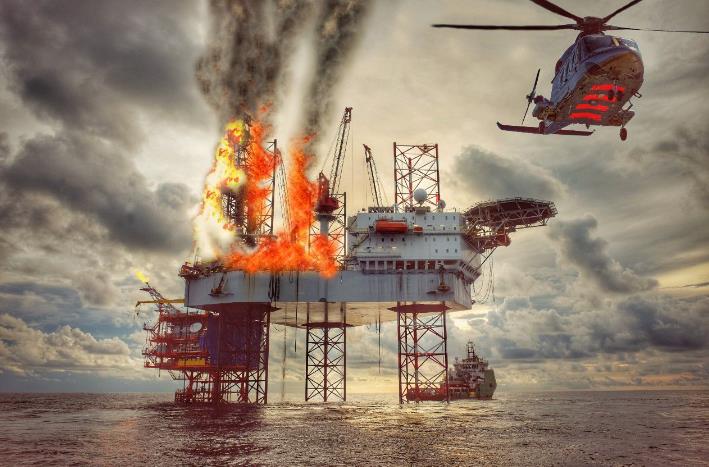Oil and gas drilling operations are intricate, involving heavy machinery and high-pressure environments that harbor significant risks for both workers and the environment. Hence, prioritizing safety measures within this industry is paramount. This article explores various pivotal aspects of safety in oil and gas drilling, delving into the risks involved, safety measures employed, and the role of technology in enhancing safety protocols.

Understanding the Risks:
Oil and gas drilling inherently carries substantial risks owing to the nature of the work and the environments in which it occurs. It is imperative to grasp these risks comprehensively to underscore the importance of safety measures. Some of the primary risks include:
Well Blowouts: These catastrophic events result from uncontrolled releases of oil and gas from wells due to various factors, posing threats such as loss of life, environmental damage, and economic losses.
Equipment Failures: Malfunctions in the complex machinery utilized in drilling operations can lead to accidents, downtime, and environmental hazards.
Fires and Explosions: Presence of flammable substances heightens the risk of fires and explosions, causing fatalities, asset damage, and environmental repercussions.
Hazardous Substances: Handling toxic chemicals and gases during drilling activities poses risks such as chemical exposure, toxic releases, and adverse health effects.
Environmental Impact: Drilling operations can disrupt habitats, contaminate water sources, and contribute to climate change, amplifying environmental concerns.
Regulatory Compliance: Non-compliance with safety regulations can result in legal and financial consequences, necessitating adherence to industry standards.
Economic and Financial Risks: Unexpected incidents during drilling operations can incur significant financial losses, encompassing cleanup costs and revenue loss.

Implementing Safety Measures:
To mitigate these risks, the oil and gas industry has instituted various safety measures, including:
Safety Training: Comprehensive programs ensuring personnel are well-versed in safety procedures and emergency response protocols.
Personal Protective Equipment (PPE): Mandatory use of appropriate gear to safeguard workers from hazards.
Well Control Procedures: Strict protocols to prevent blowouts and uncontrolled releases.
Regular Equipment Inspections: Routine checks to identify and rectify potential issues promptly.
Emergency Response Plans: Detailed strategies outlining actions in case of emergencies.
Environmental Compliance: Adherence to stringent regulations to minimize environmental impact.
Safety Audits and Inspections: Regular evaluations to ensure compliance and address deficiencies.
Behavior-Based Safety: Encouraging a culture where workers report unsafe behaviors, fostering a proactive safety approach.
Role of Technology in Safety:
Technological advancements have significantly contributed to enhancing safety measures in oil and gas drilling, including:
Real-Time Monitoring: Sensors and monitoring systems for early anomaly detection.
Automation: Automated systems reducing worker exposure to risks.
Remote Operation: Remote control options minimizing on-site hazards.
Data Analytics: Utilization of analytics for proactive safety measures.
Safety Simulations: Virtual reality and simulation technology for realistic training environments.
Simulation in Drilling Operations: Customized simulation environments, integration with real-time data, and continuous training and assessment bolster safety preparedness in drilling activities.

Conclusion:
Ensuring safety in oil and gas drilling necessitates a multifaceted approach encompassing training, equipment, procedures, technology, and a robust safety culture. With ongoing technological advancements and unwavering commitment to safety, the industry can strive to minimize accidents, protect the environment, and safeguard its workforce. Ultimately, safety must remain paramount in meeting global energy demands.



